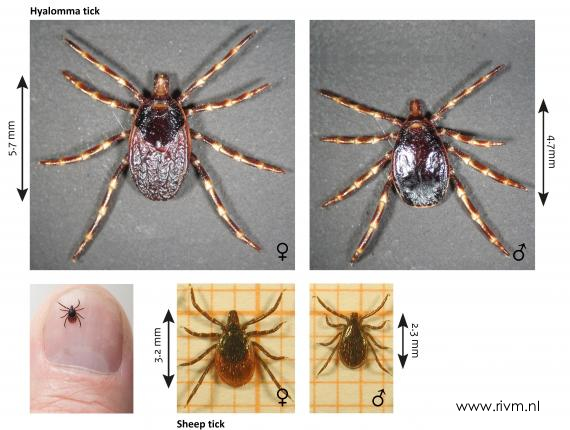Can you get a tick bite in October? November?
Do ticks bite in the fall? As you might know, ticks are not yet ready to go into their cold-weather dormancy. You can be bitten by a tick in October and November. You can even get a tick bite beyond the fall season. Ticks can quest any time of year, weather permitting. Typically, adult ticks will retreat to their winter hideaways when temperatures are consistently below 45°F. However, it is not unheard of for a tick to be found out and about on a warm winter’s day. It is rare, but possible to receive a tick bite in the winter, even in Central Mass.
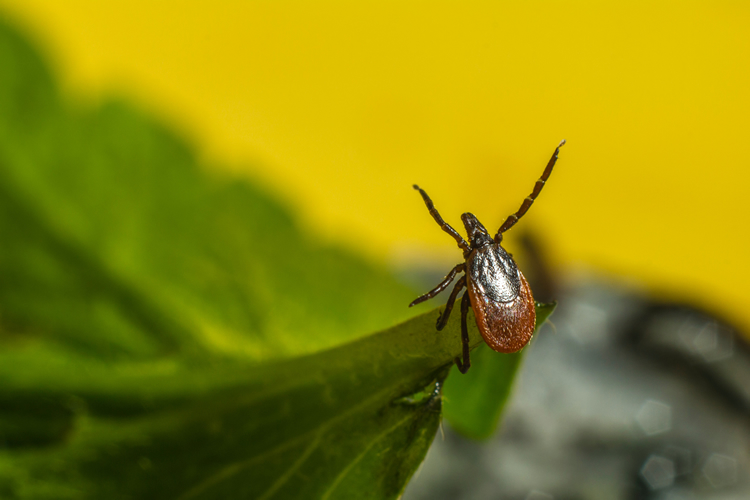
Which ticks bite in the fall?
Adult deer ticks are at peak activity in the fall. Larval ticks will molt during the fall and winter, and emerge as nymphs in the springtime. Nymph ticks will grow into adults over the winter, emerging to feed and mate in the spring. If you are spending time outdoors in October and November, you should still be performing tick checks.
You can control ticks in the fall and winter too.
 There is no reason to stop your tick control efforts with the change of season. There are a lot of reasons that you should never halt tick control around your home and property. To name a few: Lyme disease, Babesiosis, Rocky Mountain spotted fever, Powassan disease, Tularemia.
There is no reason to stop your tick control efforts with the change of season. There are a lot of reasons that you should never halt tick control around your home and property. To name a few: Lyme disease, Babesiosis, Rocky Mountain spotted fever, Powassan disease, Tularemia.
Reputable tick control companies offer year-round tick control via tick tubes. Tick tubes are unlikely heroes in the fight against rising tick populations. By treating your property for ticks through the fall and winter, you are essentially interrupting the entire tick life cycle. Treated cotton that originates in the tick tubes will be carried by ground rodents to their nests, where ticks can come in contact with it. This tick treatment will eliminate any tick species in any phase of its life – ensuring that the number of ticks that emerge around your home in the springtime are less than they would otherwise have been.

There is no reason to avoid going outdoors in the beautiful fall weather. Be sure that your yard is protected from the threat of ticks all year long, and do not skip the tick check process when you come back inside.

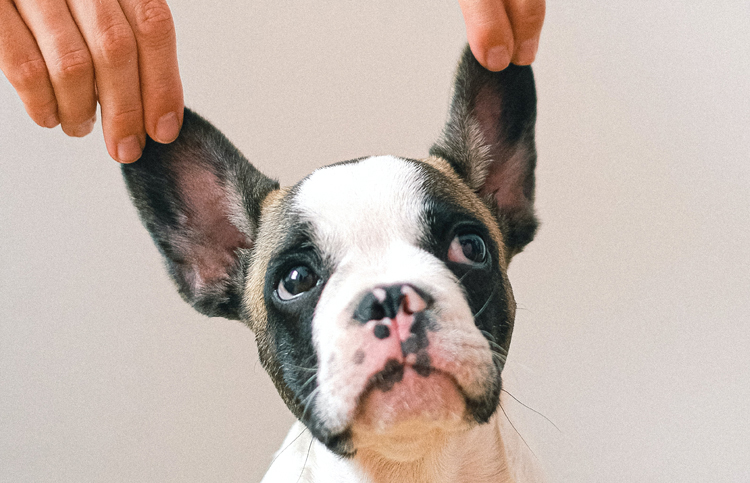
 If you are looking for effective
If you are looking for effective 
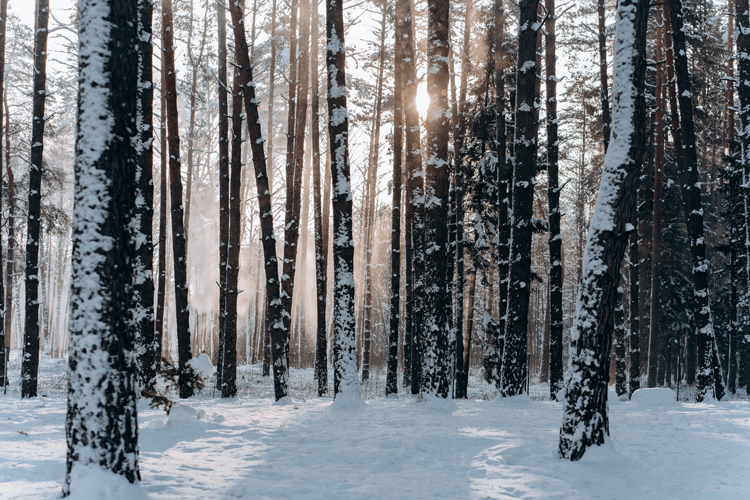






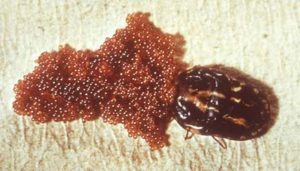
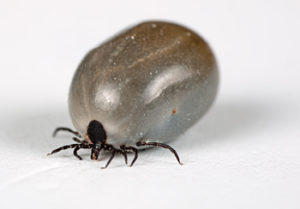
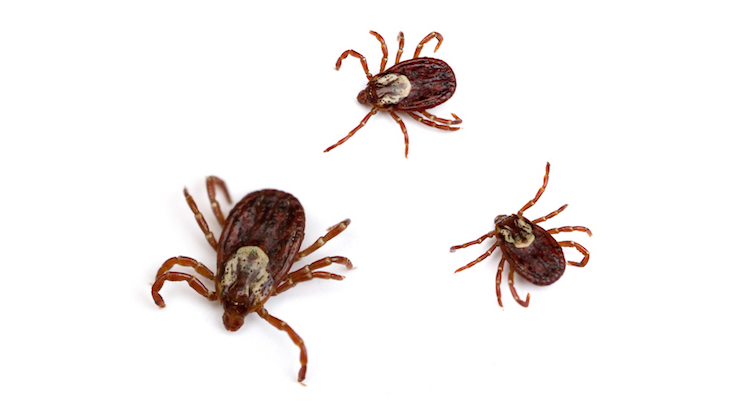
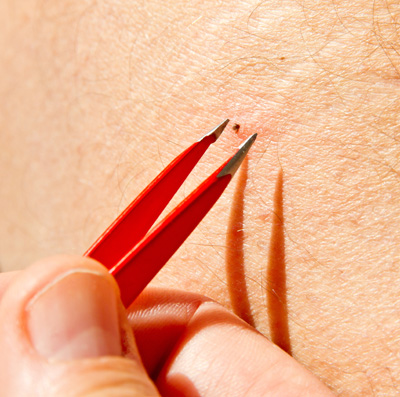
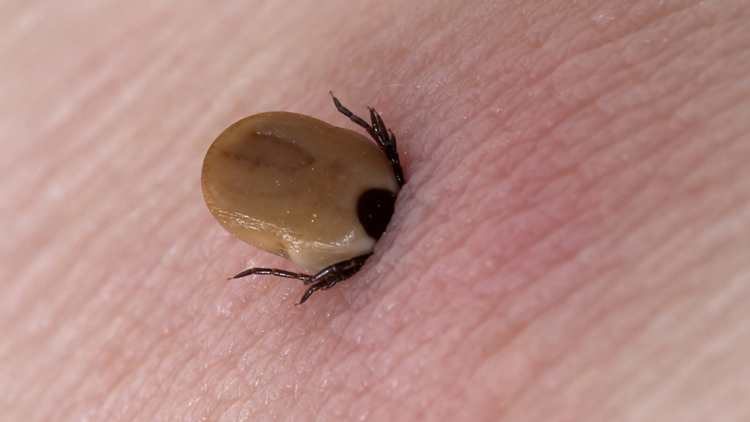

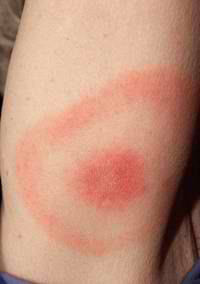

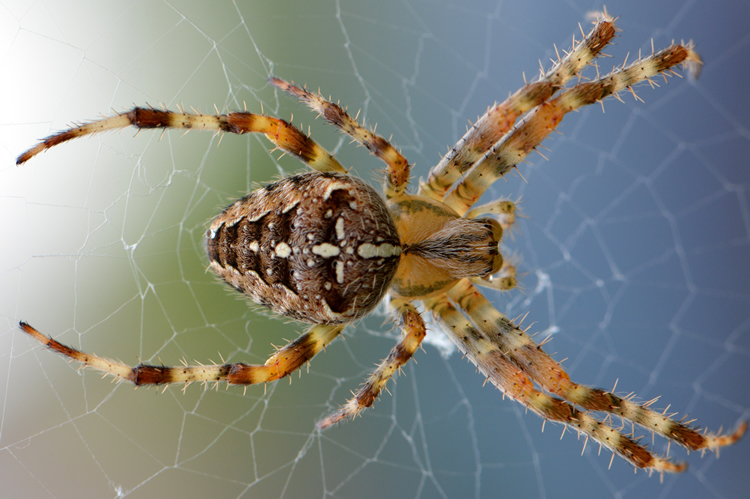
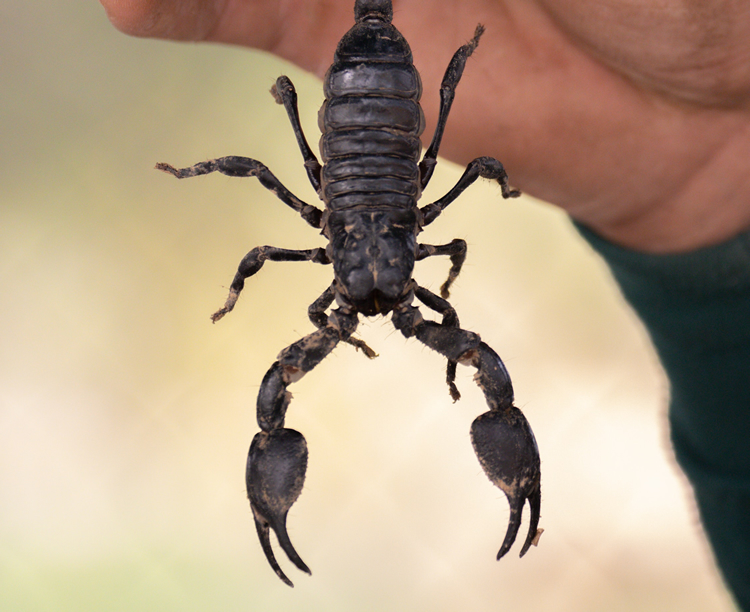

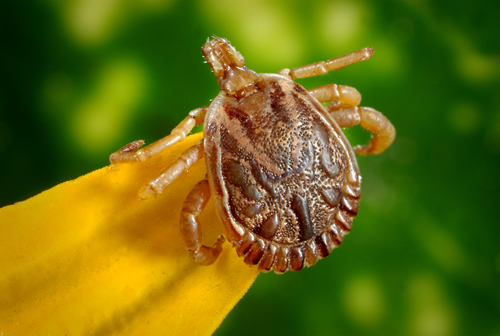
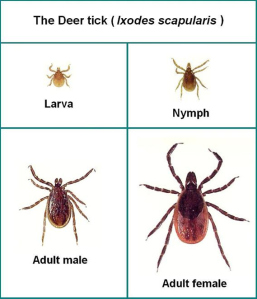 What do ticks look like?
What do ticks look like? How big are
How big are  Ticks do not have wings. They do not fly or jump. Ticks quest by attaching themselves to plants or limbs. They hold on to leaves and grass with two sets of their legs, and outstretch their other legs awaiting a host to pass. If you are wondering how ticks cover so much territory, it is because they are transported by their hosts – animals and humans. The sheer number of ticks in Central Mass might make it seem like they are fast travelers. This is untrue without a host. Ticks are just – everywhere!
Ticks do not have wings. They do not fly or jump. Ticks quest by attaching themselves to plants or limbs. They hold on to leaves and grass with two sets of their legs, and outstretch their other legs awaiting a host to pass. If you are wondering how ticks cover so much territory, it is because they are transported by their hosts – animals and humans. The sheer number of ticks in Central Mass might make it seem like they are fast travelers. This is untrue without a host. Ticks are just – everywhere!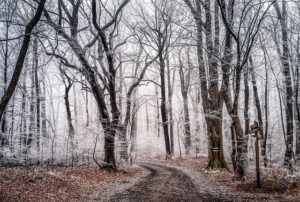 No, they do not! Even in cold Central Mass winter temperatures, ticks are resourceful and will survive in nests of other animals or even underground. Ticks will lie dormant in winter, waiting for warm weather to return, so they can invade our favorite outdoor spaces.
No, they do not! Even in cold Central Mass winter temperatures, ticks are resourceful and will survive in nests of other animals or even underground. Ticks will lie dormant in winter, waiting for warm weather to return, so they can invade our favorite outdoor spaces.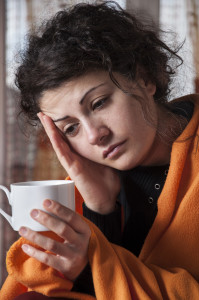 Can a tick bite kill you?
Can a tick bite kill you?
